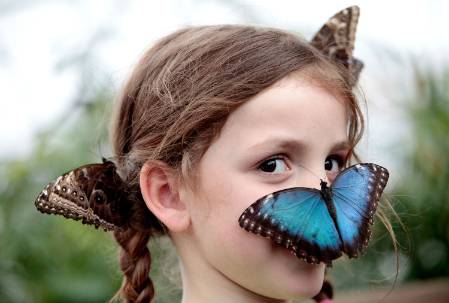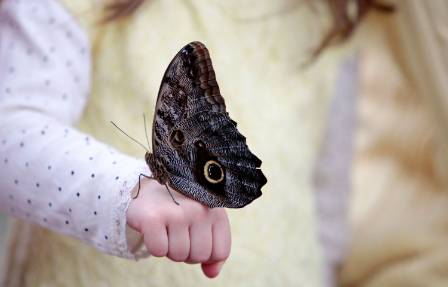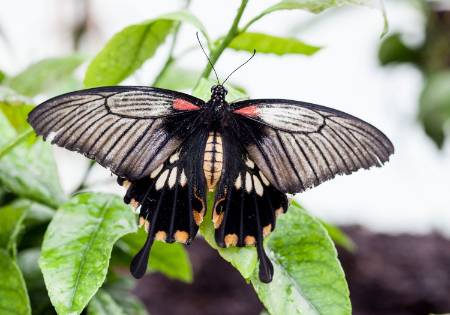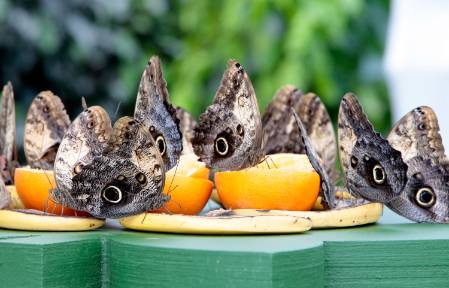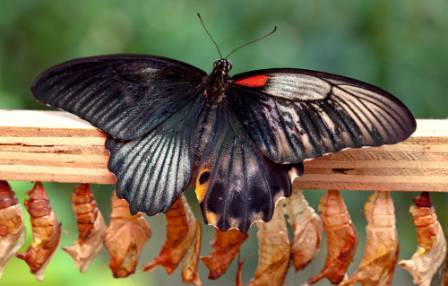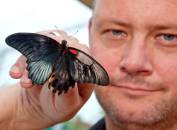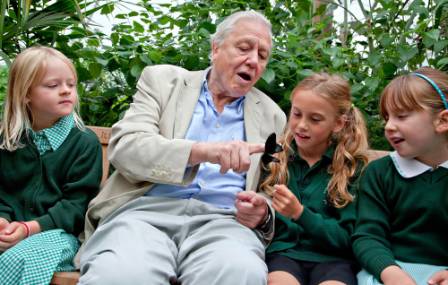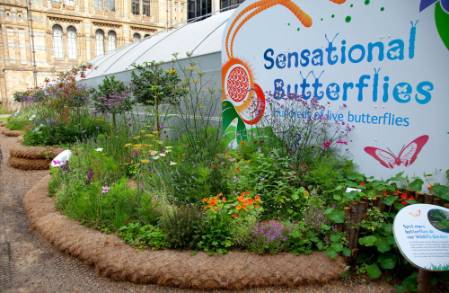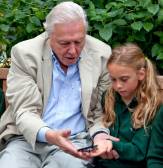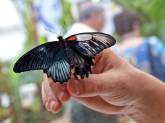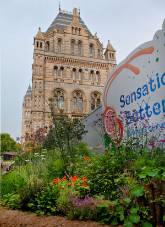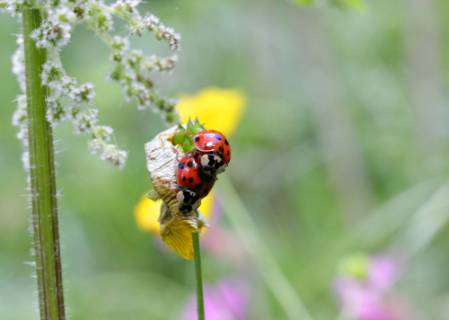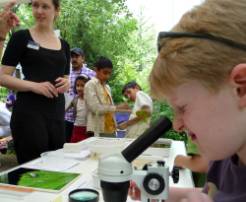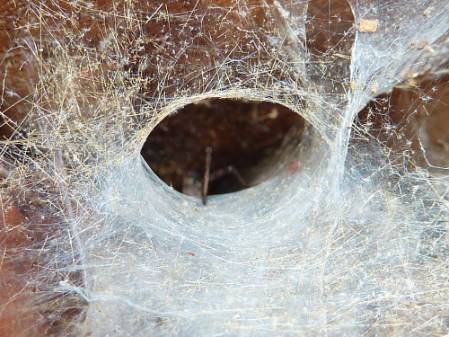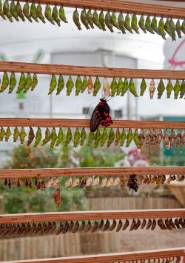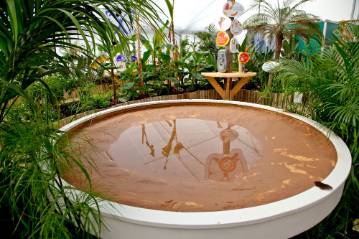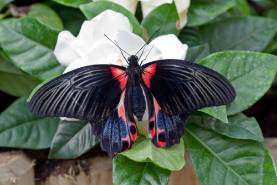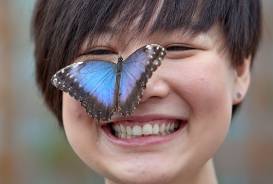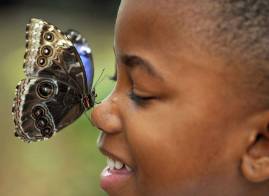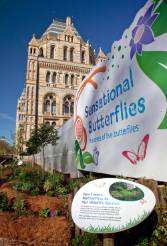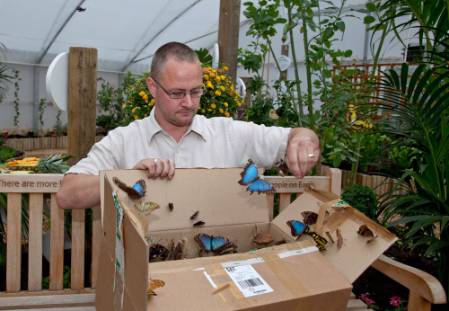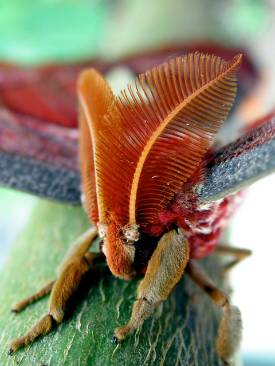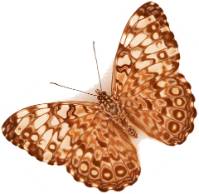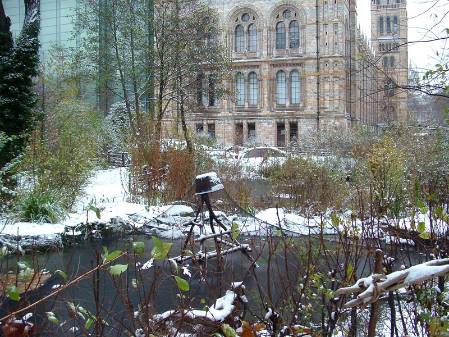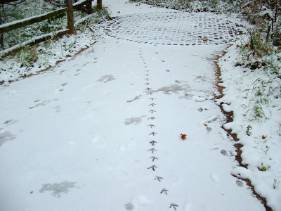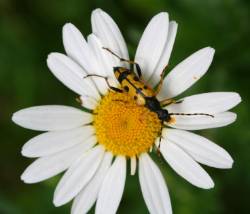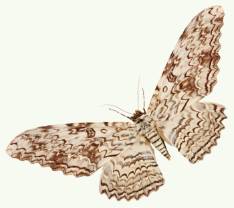We say farewell to our summer beauties this weekend on Sunday evening when the Sensational Butterflies outdoor exhibition closes for another year. This has been the sixth Museum butterfly exhibition and once again it's been a sensational hit with visitors.
'What's great this year,' says Luke Brown, our butterfly house manager, 'is that in addition to our usual summer tourists, we've seen an increase in returning visitors.
'Butterfly numbers have been higher than ever throughout the run of the exhibition and and we've spotted as many as 1,000 butterflies in one day. The diversity of species has been really rich too. The house can accommodate more than 1,000 happily, but that's a good limit for our nectar supplies.'
Darting through the hothouse one last time today - and it is hot inside, be warned - there seem to be many of the bigger species fluttering around and, in particular, different swallowtails (above). And I don't think I've seen such a gathering of owl butterflies on the feeding table (below).
One of the highlights we'll all remember about this summer's exhibition were the pictures of HRH Prince George's first birthday taken at Sensational Butterflies - the Duchess of Cambridge is our Patron of course. And we hope he'll be back again for his second and many more.
On Sunday evening, the butterfly house team of staff and volunteers will work until sundown and then from first light on Monday to pack up all the inhabitants, who then wing their way over to Longleat in Wiltshire. Their next hothouse, in fact, used to belong to the Museum and was taken over by Longleat in 2008.
Luke flies off to Malta and after that Kuwait for more international butterfly projects and he'll be back next spring when our 2015 butterflies exhibition is due to open again.



